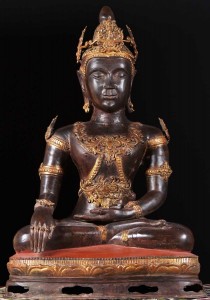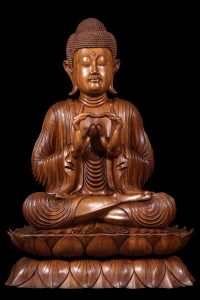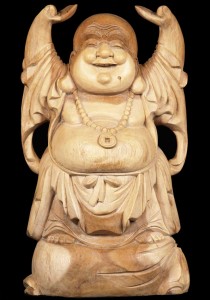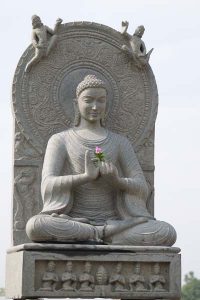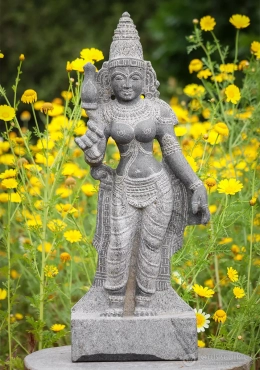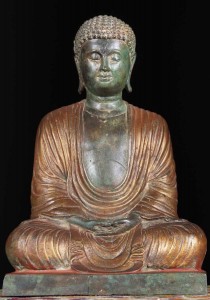
After achieving enlightenment, one of the first teachings of the Buddha was what he referred to as the Noble Eightfold Path or the Wheel of Dharma. For those not yet familiar, this concept can be envisioned as a great wheel containing eight distinctive spokes. All 8 spokes lead into one central hub in the middle just a a wheel on a bike. The spokes represent the teachings and practices that will lead to this one central core, or enlightenment, and therefore the end to suffering. These 8 central teachings are as follows:
1- Right View- One must try to see the world through the same lenses of the Buddha, with compassion and deep rooted wisdom.
2- Right Thought- One must live by the notion that every thought affects our well-being. We must train our minds to think clearly and with the intention of doing good in order to build strong and resolute character.
3- Right Speech- We must speak kindly and lovingly to every living being. We must speak to every living being with respect and trust, regardless of their position or current state.
4- Right Conduct- We must conduct ourselves in a manner of extreme integrity. Our behavior should stand as mirror to our character and our intentions must match our actions.
5- Right Livelihood- We must choose a profession that does good upon others, not harm. We must not engage in activities that do not benefit the greater good of society.
6- Right Effort- We must put our best foot forward at all times and make a sincere effort to do our best in everything that we aim to accomplish
7- Right Mindfulness- We must make it a constant habit to be aware of all our thoughts, words, and actions.
8- Right Concentration- We must try to put our full attention on only one thing at a time, paying undivided attention to everything we do.
It is said that if one follows these eight noble truths we may learn the way to enlightenment just as the Buddha once did. By doing so we have a chance at everlasting and complete happiness.
“However many holy words you read, however many you speak, what good will they do you if you do not act on upon them?” Buddha

